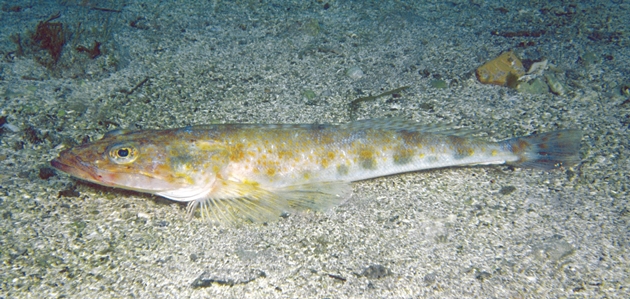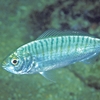General Description
Head large, flattened with low, mostly spineless ridges, mouth large with greatly enlarged canines on jaws, gill cover with two strong, similar-sized spines at angle. Grey-brown above with many small reddish orange spots, and often several large greyish blotches along midsides, pale below; fins spotted, tail mostly dusky, especially on outer middle part, pale near base, with a few small faint dusky blotches dorsally. To 65 cm.
Biology
An extremely important commercial species, and very popular with anglers in Port Phillip (Victoria) over summer. Their fins spines are venomous.
Habitat
Bays and along the coast, on sandy and silty bottoms, in depths of 10-160 m.
Soft substrates
Distribution guide
South-eastern Australia.
Species Group
Depth
Shallow (1-30 m)
Deep ( > 30 m)
Water Column
Max Size
65 cm
Diet
Carnivore
Harmful
Venomous spines can inflict mild to severe pain.
Commercial Species
Yes
Global Dispersal
Native to Australia
Identify
Conservation Status
- DSE Advisory List : Not listed
- EPBC Act 1999 : Not listed
- IUCN Red List : Not listed





